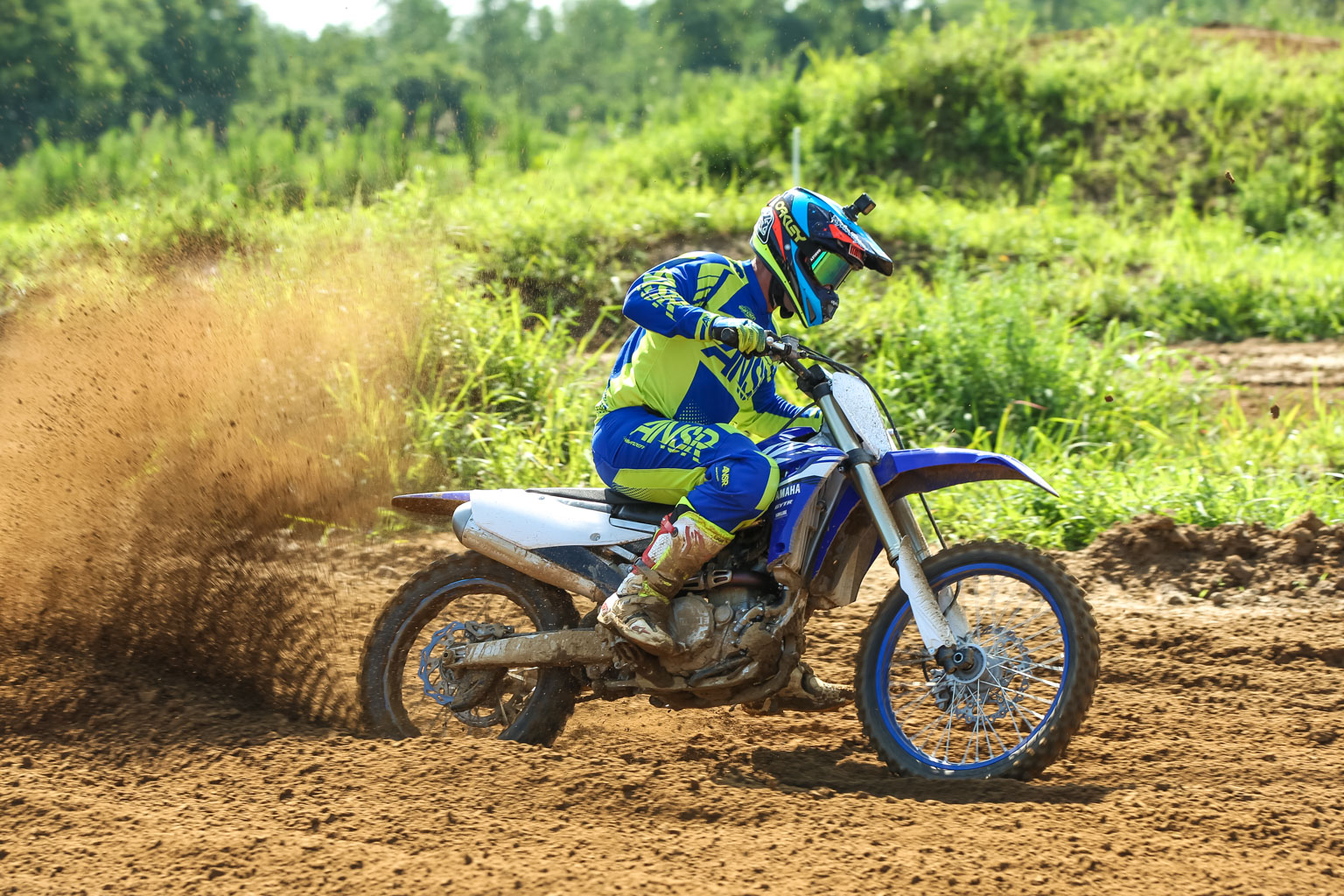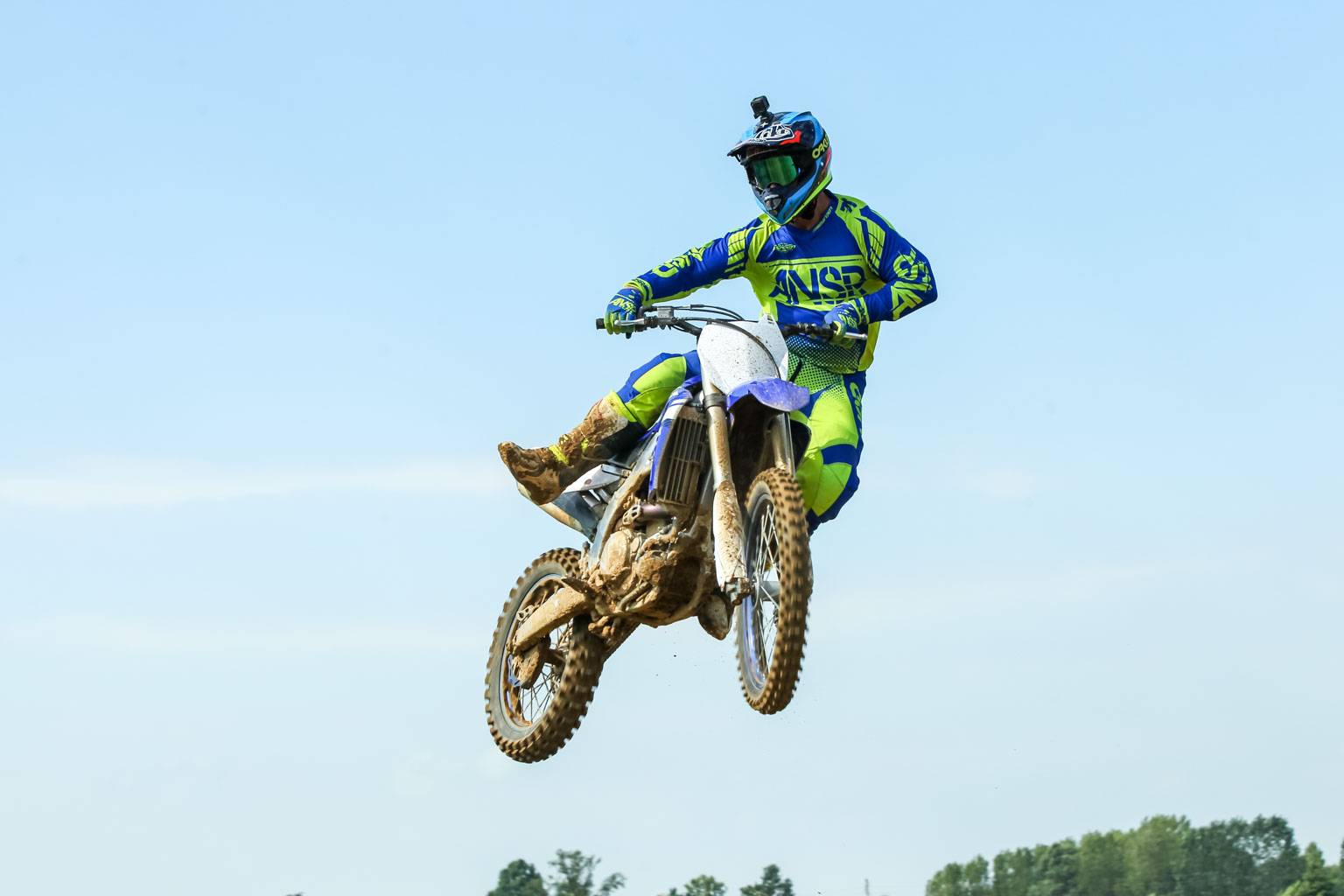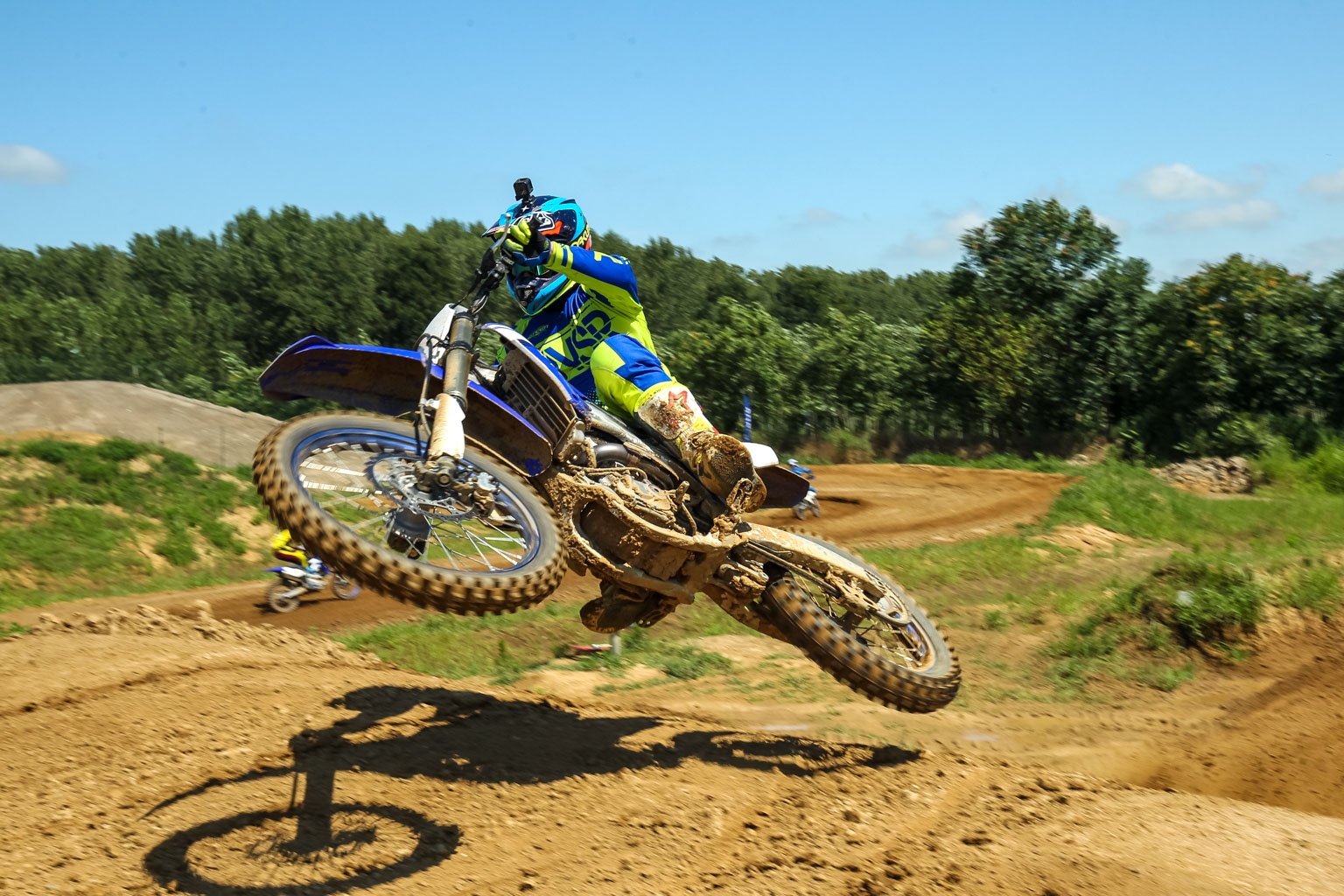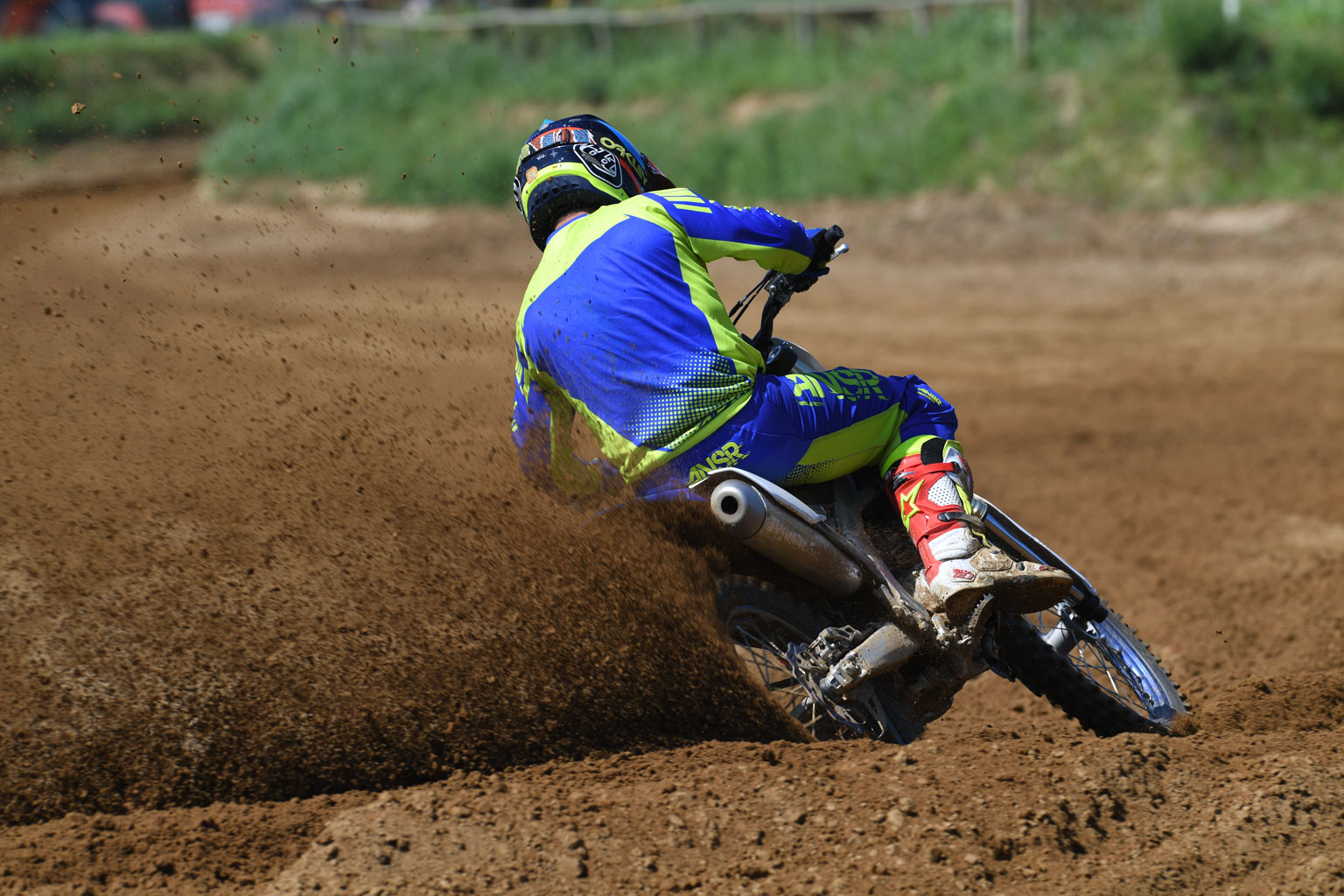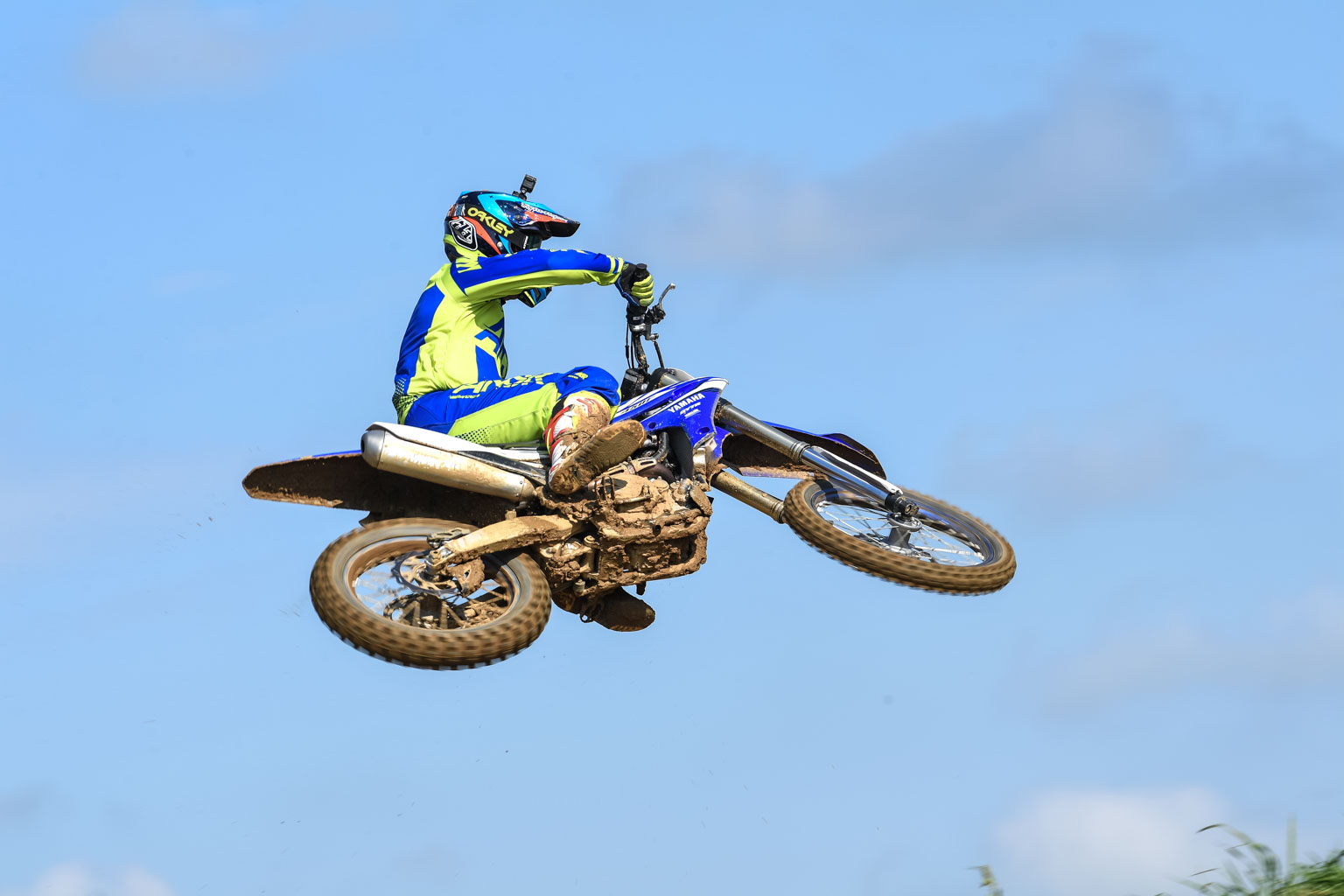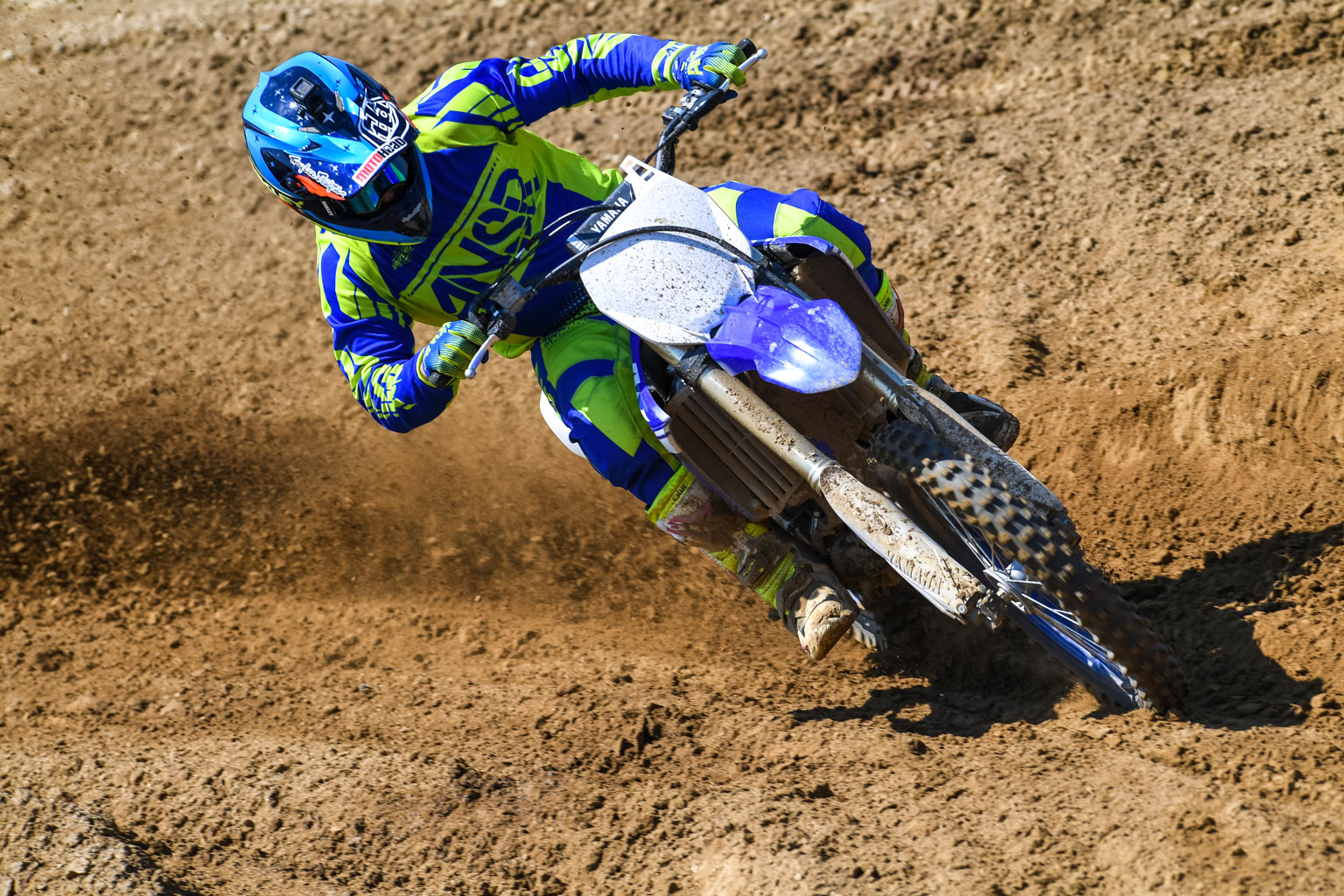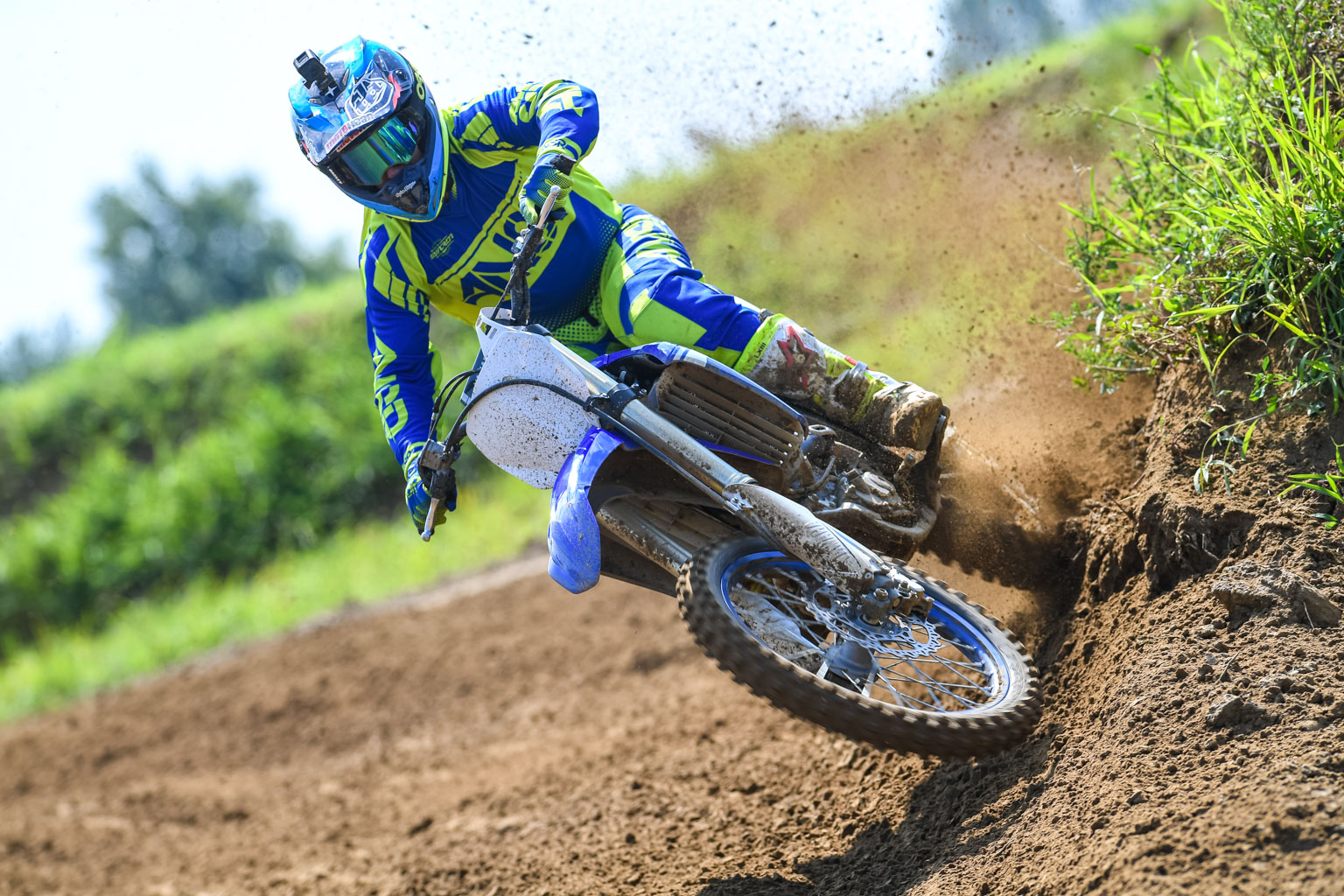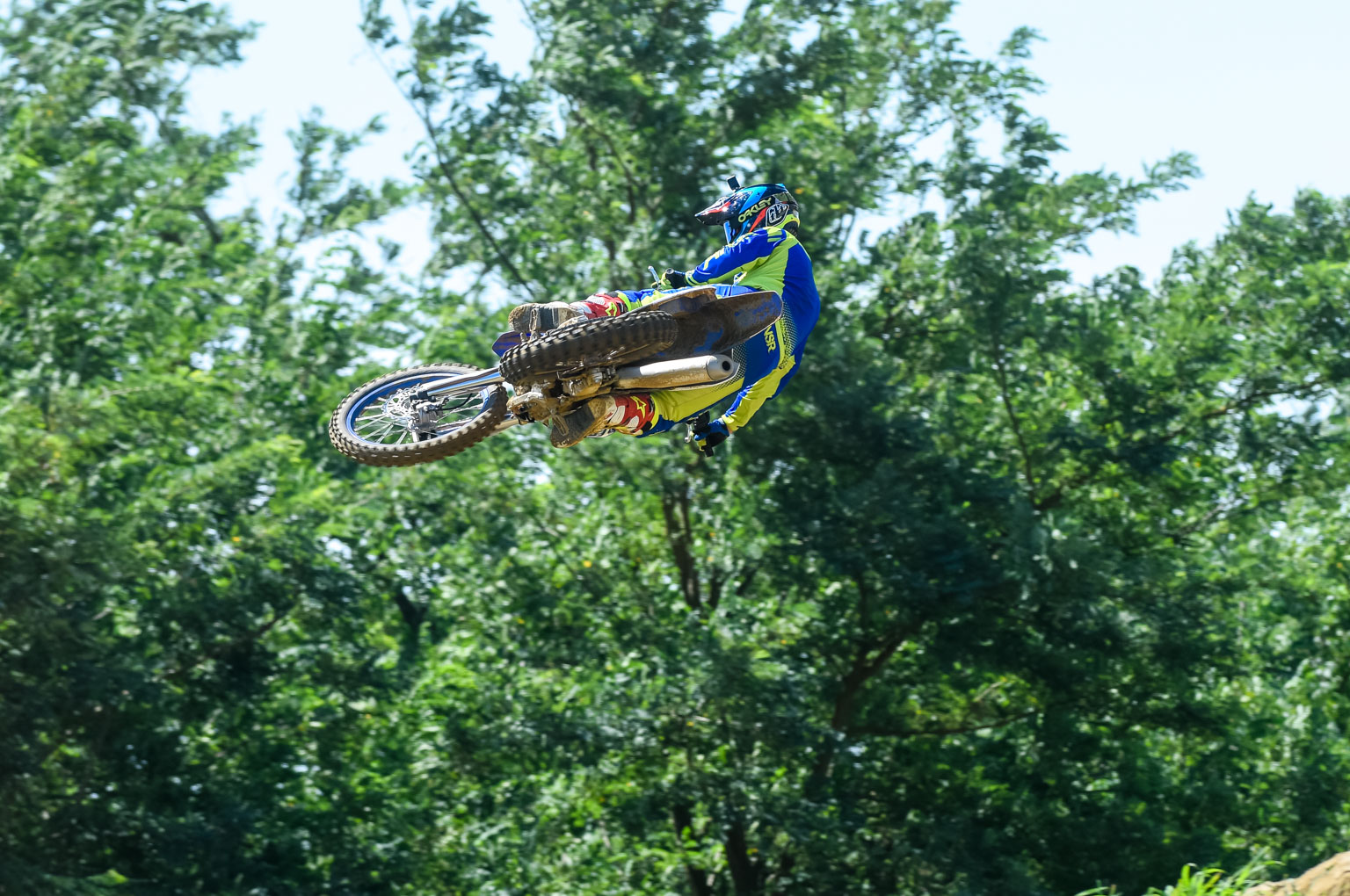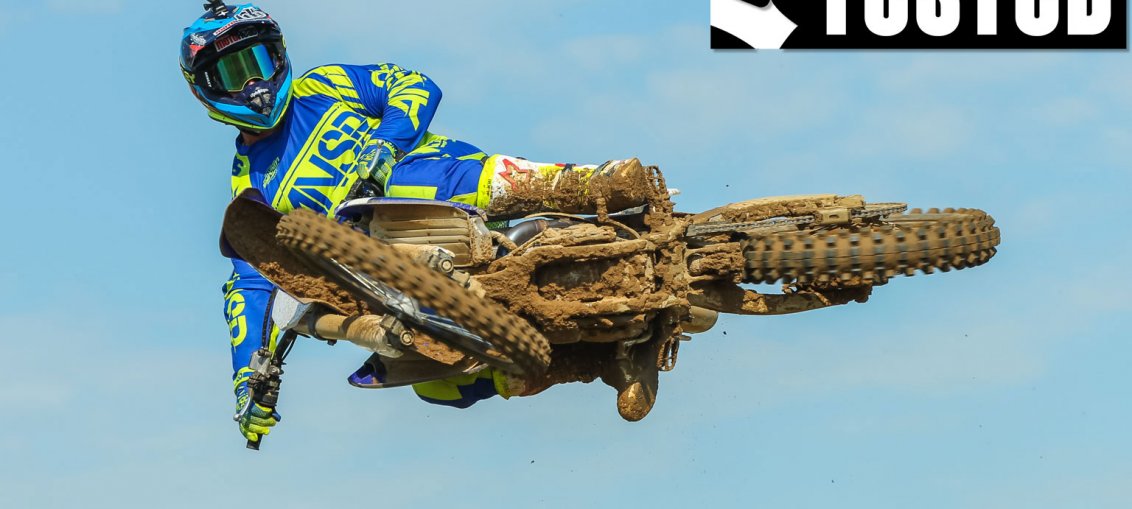
Wi-Fi wonderbike!
Yamaha’s all-new YZF450 not only gets smartphone tuning but lots more changes
by Dave Willet
Yamaha has made it no secret that they have thrown all their development into the YZF450 for 2018. The bike has had a huge overhaul to make the bike faster yet easier to ride and tune, and make it easier to handle. It’s no secret that the 2017 isn’t built for the faint hearted in the power department and the laid-back motor in the frame has looked at with increasing suspicion over the past few years as the bike just doesn’t feel like other machines.
So Yamaha has gone to work to improve the bike after listening to their customers and building bikes to meet their needs. Yamaha really does listen to its customers and focuses on making bikes real racers want, as well as producing race bikes that the very best in the world can win on. That’s Yamaha has been enjoying the success on both sides of the pond with Cooper Webb and Romain Fevbre doing the business.
The new 450 features electric start, a new straight-section frame, new suspension settings, clutch springs and new clutch plates which help with the fade, new throttle body and a new smartphone app which allows you to tune your bike trackside.
After riding the bike at the Ottobiano circuit in Italy, the bike does feel mega and I’m happy to say the hard work has paid off. I’m a fan of the electric start and it worked great in all situations – hot, cold and in gear!
When I first rode I had a few concerns as I was getting a nervous twitch from the front end which I thought was the greasy surface of the track. I decided to reserve judgment until the track dried out but I couldn’t get comfortable and I couldn’t hit my lines.
I came in a little stressed and expressed my concerns to Yamaha’s technicians. Rest assured the issue was quickly addressed as the mechanic checked the race sag which was way out for me. I had a strange feeling on the front not on the rear but it was the rear which was causing the issue as the sag was at 127mm. I set it to 110mm. The reason I’ve mentioned this as I’d hate for people to judge as quickly as I did. It’s a simple fix as this setting transformed the bike and I can’t stress enough how important it is to have the correct race sag.
It’s obviously the first thing you do when buying a new bike and hitting the track, but there are so many riders that don’t do it. I wasn’t given the option to set the sag initially as there was a tight, timed schedule and others have the bike to ride after me. So the mechanic would have a busy day setting everyone’s sag individually.
In fact I couldn’t change anything until my third session. So I tested the engine delivery in the second session as I’d got my head around why I couldn’t hit my lines and was riding front end high out of the turns. For me there is nothing worse than riding around a track hating life because you mess up a few sections of track as it’s the only thing you can focus on. It’s hard to push the negatives out of your head.
Once the bike was set for me, it really became one awesome machine. I knew I liked the power from the feel in the previous sessions, but I loved and enjoyed it even more once the balance of the bike was set for me.
The power delivery is so much better then the 2017 and the sharp response hit isn’t there any more. It’s not slower, just smoother and the drive you get coming out of the turns is insane.
Yamaha has changed the throttle body which helps smooth out the power curve. The motor revs and the torque is so useable, you barely notice you’re using the gearbox as shifting is easy. In fact I hardly used the gears as the power curve seems so long.
Yamaha has focused on offering a delivery which will suit the masses with a good balance between smooth delivery and enough power. I didn’t mind the hit before, if I’m honest, and I was scared they’d lose the engine characteristics I liked from the motor. But they haven’t as it’s very useable and the noise still sounds awesome when cracking on the throttle.
The chassis feels a lot slimmer between your legs and once the balance was right on the bike, I could really charge the turn and commit. It rails the turns perfectly and it was really flickable in the air. The mass centralisation is really noticeable on the 450 as everything is situated between your legs which offers a good feel.
Scrubbing jump faces is becoming the norm these days and this bike definitely encourages you to do it. The front also feels more planted then previous years, once I got the balance to my liking of course. I felt I could attack the ruts with much more commitment without getting scared. You point the wheel in the direction and the bike tracked through no problem without riding out of the rut. I also really like how much you can move around on the bike as it seems to have loads of space for you to manoeuvre around.
The clutch action was the one are I wasn’t 100% on and it still needs improving. Fade is much less than on the 2017 model, though. And the revamped KYB spring suspension is still one of the best stock setups on the track, with virtually no maintenance required and certainly no weekly air pressure checks.
But of course lots of people will want to talk about the smartphone tuning as you can adjust so much and now don’t need the old power tuner unit. In order to adjust the bike characteristics you have to upload the Yamaha power tuner App and it’s easy to adjust the power delivery to your riding.
The YZF450 gets the thumbs from me, especially as the cost of the bike starts from £7200.
Tech changes on the new YZF450
Yamaha’s high-tech motocross bike not only has a new engine with electric start and new frame and bodywork but has built-in Wi-Fi so power can be controlled by a smartphone App. Engine changes include an updated cylinder head, piston, cam profiles, cylinder geometry and engine cases to accept the electric start which uses a lithium battery and is said to weight not much more than a kickstart. The all-new aluminium beam frame has been redesigned for increased rigidity with the engine in a different position to improving cornering feel.
The cylinder head is lighter, and the engine is repositioned in the new frame at a slightly more upright angle to move weight towards the front wheel for better grip in turns. The new engine has new cam profiles, a new crankshaft and a stronger high-compression box-bridge piston with DLC-coated pin. The injection system is now a new 44mm Mikuni throttle body instead of Keihin. The transmission and clutch have been beefed up, there are new gears with a wider surface area, uprated clutch plates and a stiffer outer pressure plate. The radiators are bigger, repositioned to scoop in more air and there’s a new exhaust and silencer which is moved towards the centre of mass for improved handling. And Yamaha’s electronic launch control system makes a return.
The 6.2 litre fuel tank is smaller and there’s a new airbox together with new concave radiator to make the bike slimmer. The seat is 9mm narrower and 20mm lower towards the back end to help you move around more. The forks are KYB spring-type AOS forks and the KYB rear shock is new, too. It has a smaller reservoir and the spring rate is lighter, thanks to the lighter weight of the bike and altered weight bias.

